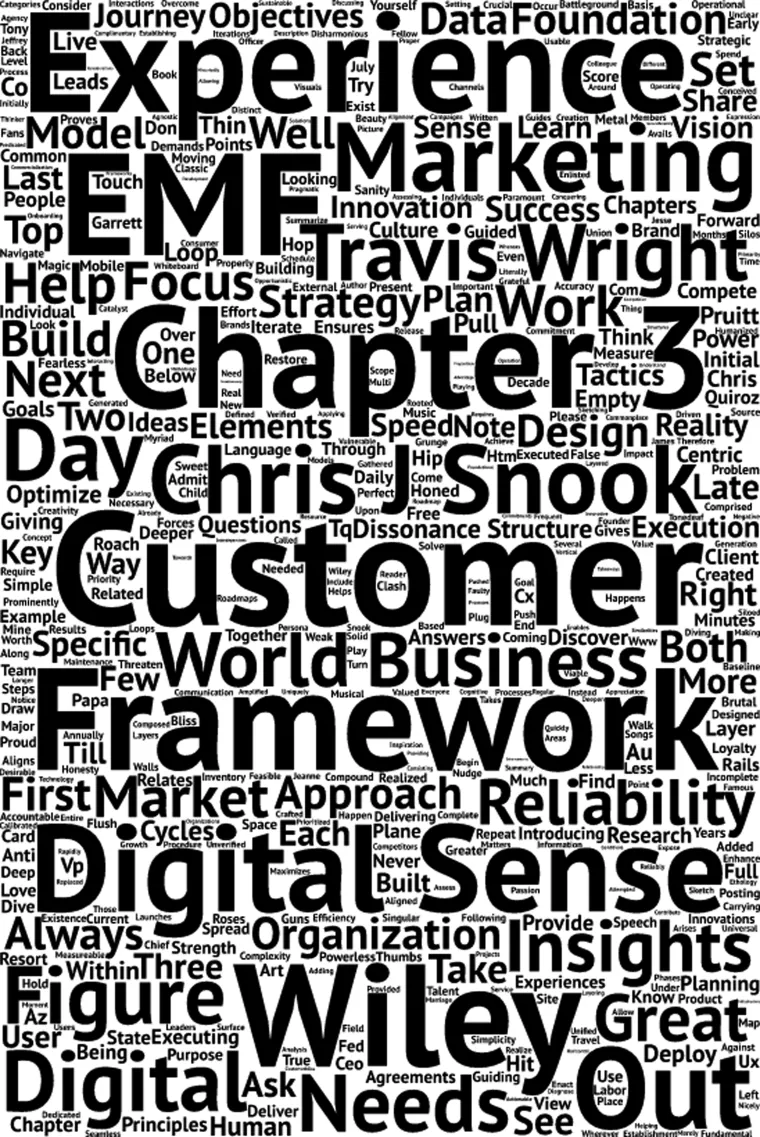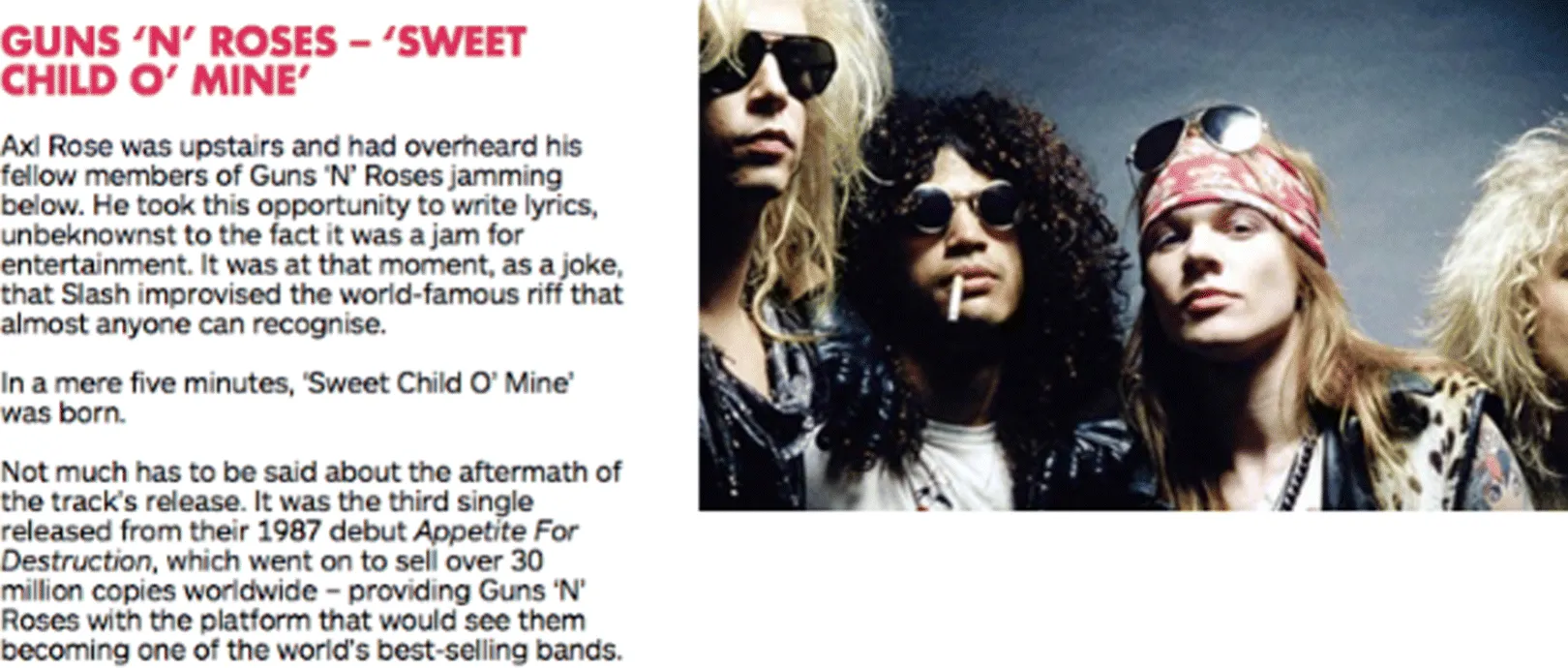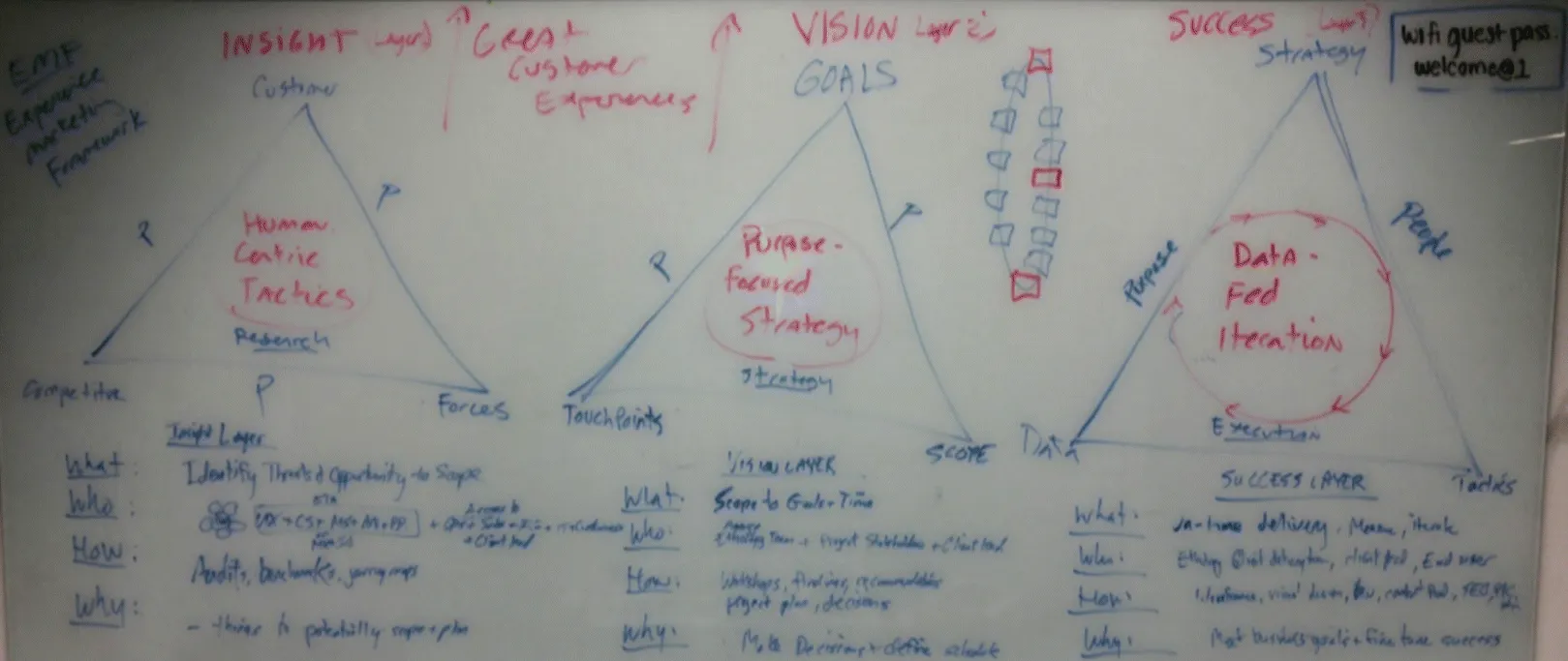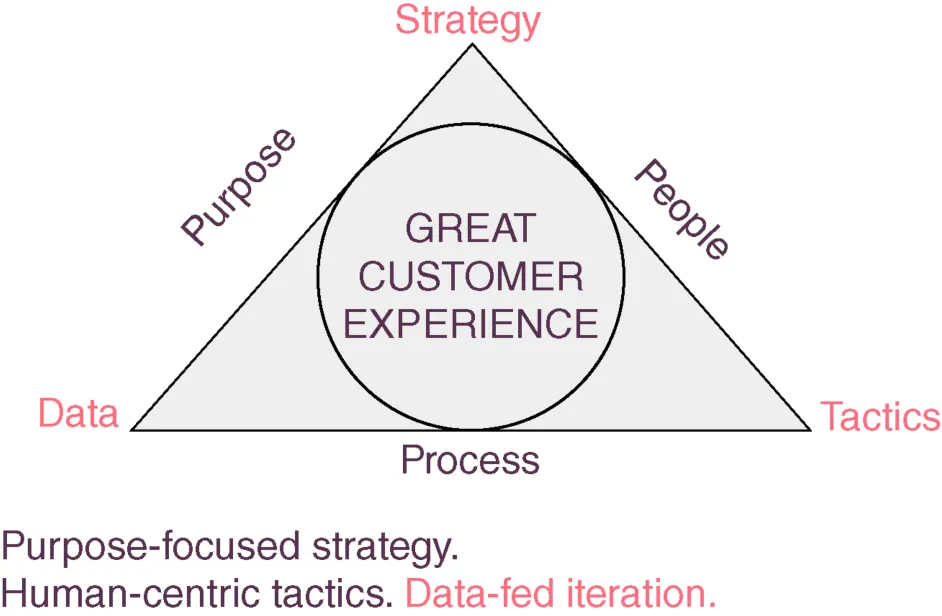
Digital Sense
The Common Sense Approach to Effectively Blending Social Business Strategy, Marketing Technology, and Customer Experience
Travis Wright, Chris J. Snook
- English
- ePUB (mobile friendly)
- Available on iOS & Android
Digital Sense
The Common Sense Approach to Effectively Blending Social Business Strategy, Marketing Technology, and Customer Experience
Travis Wright, Chris J. Snook
About This Book
Compete in the digital world with pragmatic strategies for success
Digital Sense provides a complete playbook for organizations seeking a more engaged customer experience strategy. By reorganizing sales and marketing to compete in today's digital-first, omni-channel environment, you gain newfound talent and knowledge from the resources already at hand. This book provides two pragmatic frameworks for implementing and customizing a new marketing operating system at any size organization, with step-by-step roadmaps for optimizing your customer experience to gain a competitive advantage. The Experience Marketing Framework and the Social Business Strategy Framework break down proven methods for exceeding the expectations customers form throughout the entirety of the buying journey. Customizable for any industry, sector, or scale, these frameworks can help your organization leap to the front of the line.
The evolution of marketing and sales demands a revolution in business strategy, but realizing the irrelevance of traditional methods doesn't necessarily mean knowing what comes next. This book shows you how to compete in today's market, with real-world frameworks for implementation.
- Optimize competitive advantage and customer experience
- Map strategy back to business objectives
- Engage customers with a pragmatic, proven marketing system
- Reorganize sales and marketing to fill talent and knowledge gaps
Today's customer is savvy, with more options than ever before. It's critical to meet them where they are, and engagement is the cornerstone of any cohesive, effective strategy. The technological revolution has opened many doors for marketing and sales, but the key is knowing what lies behind each one—what works for your competitor may not be right for you. Digital Sense cuts through the crosstalk and confusion to give you a solid strategy for success.
Frequently asked questions
Section II
Building a Customer-Centric Organization

3
Introducing the Experience Marketing Framework
- I admit that I am powerless over the demands of always-on marketing.
- The power (our customer) that is greater than our organization gives me the singular focus necessary to restore my sanity and find focus.
- I will take a fearless inventory of our insights, vision, and execution annually and score them with brutal honesty against the customer needs, competitors' strength, and external forces that threaten our existence.
The Framework to Ask Powerful Questions


The Experience Marketing Framework
- The EMF (Figure 3.3) maximizes client/customer success by delivering reliability and innovation to the customer experience.
- Experience marketing is defined as the union of purpose-driven strategy, human-centric tactics, and data-fed iterations.
- A simple “learn, plan, do” approach quickly leads to reliability, which ensures the maintenance of market share.
- Learn the client/customer's business goals or consumer needs and persona
- Plan projects/launches/campaigns with a focus on measurable interactions.
- Do the work, release to market, measure, and iterate.
- Innovation ensures market share growth and arises from insights. Insights can occur while executing but will be generated more reliably by adding dedicated cycles of research to your operational procedure and road map.
- A complementary “discover, design, deploy” approach leads to more seamless onboarding of innovations and commercialization of key insights gathered while executing.
- Discover the most vulnerable/opportunistic touch points in your customer journey.
- Design by assessing what's feasible (technology), viable (business), and desirable/usable (human), and build on top of a data structure that will measure what's most valued as it relates to the problem you are setting out to solve.
- Deploy and iterate based upon the data loop to optimize for reliability.
- Vision guides strategy. Strategy is the art of applying insights to specific touch points in the customer journey, guided by business goals, calibrated by scope, and prioritized to a schedule.
- Success = a great customer experience: well executed, uniquely crafted, and sustainable.
 Figure 3.3 The Experience Marketing Framework (Snook, Quiroz 2015)
Figure 3.3 The Experience Marketing Framework (Snook, Quiroz 2015)